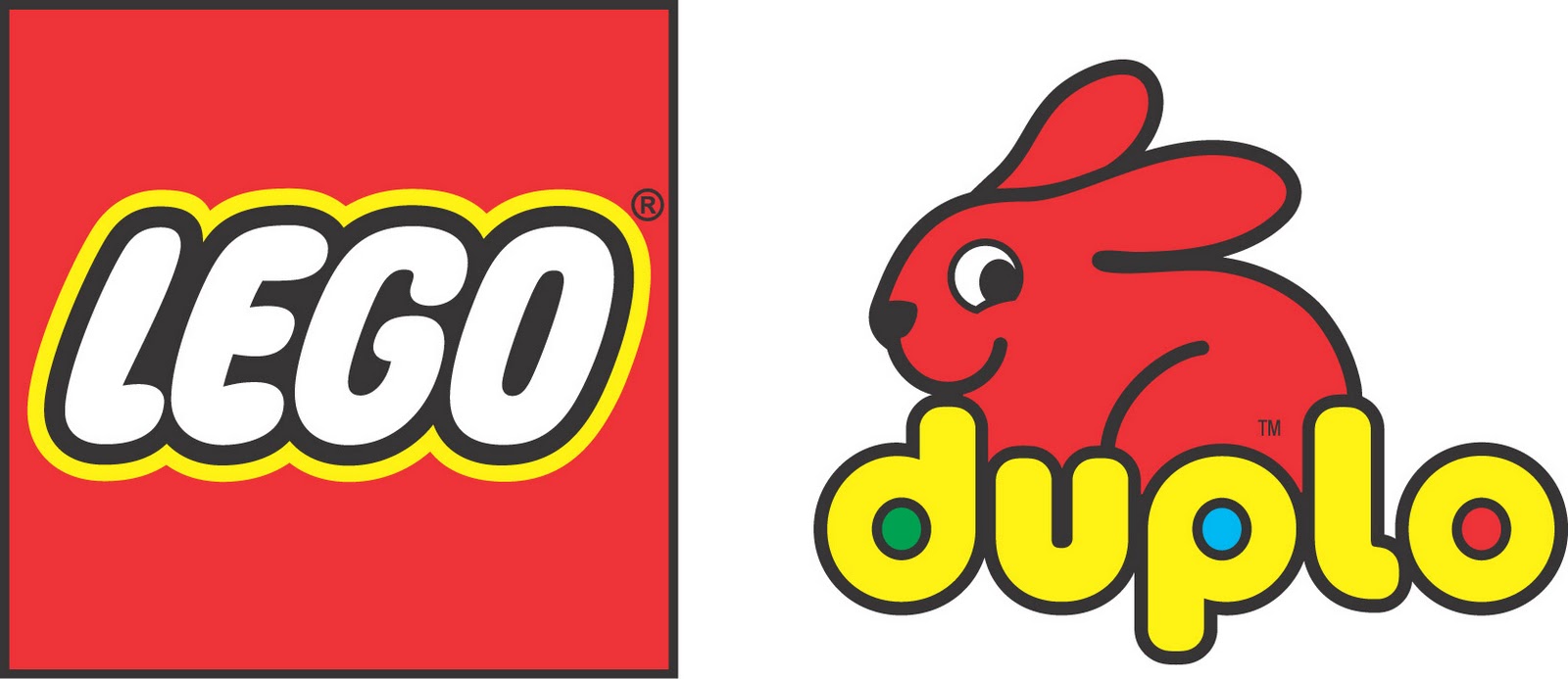Quinnipiac, Eastern, Middlesex Among Nation's Great Colleges to Work For
/
The Chronicle of Higher Education has named three Connecticut institutions - Eastern Connecticut State University, Quinnipiac University and Middlesex Community College – as among the top schools in the country for the people who work there.
The Connecticut schools are among 97 institutions across the United States to achieve the title ‘‘Great College to Work For’’ in recognition of best practices and policies.
The results of the analysis, based on an institutional audit of demographics and workplace policies as well as a survey of more than 45,000 faculty, administrators and professional support staff at 300 colleges and universities, are part of the publications’ sixth annua l report.
l report.
Quinnipiac University reached the Chronicle’s great colleges to work for list for the first time; Eastern Connecticut for the fifth consecutive year. Middlesex Community College debuted on last year’s list.
Among the “outstanding features” described by the Chronicle about Quinnipiac: “The university’s wellness initiative pits teams of employees against one another in friendly competition. Quinnipiac administrators say th e atmosphere has lightened the mood at faculty meetings and helped employees maintain a more healthful lifestyle.”
e atmosphere has lightened the mood at faculty meetings and helped employees maintain a more healthful lifestyle.”
Quinnipiac not only made the list, but earned a spot on the Honor Roll as well – one of just 10 medium-size 4-year colleges to do so. Those institutions were described as “the best of the best.” Quinnipiac was recognized in eight of the publication’s 12 categories: Collaborative Governance, Compensation and Benefits, Confidence in Senior Leadership, Facilities, Workspace & Security, Job Satisfaction, Professional Career Development Programs, Respect and Appreciation, Teaching Environment, and Tenure Clarity and Process.
Eastern was noted in three categories: collaborative governance, compensation and benefits, and facilities, workspace and security. Eastern was previously recognized in 2009, 2010, 2011, 2012. Among the university’s “outstanding features,”  according to the Chronicle, are the university’s announcement in April of “plans for a 135,000-square-foot arts facility; it follows the 2008 construction of a new science building. Eastern Connecticut has been recognized by the Princeton Review as a “green college” for four years in a row.”
according to the Chronicle, are the university’s announcement in April of “plans for a 135,000-square-foot arts facility; it follows the 2008 construction of a new science building. Eastern Connecticut has been recognized by the Princeton Review as a “green college” for four years in a row.”
“Receiving this national recognition from the Chronicle of Higher Education each of the past five years is very gratifying, especially given our high ranking in three important areas of campus operations. The spirit of collaboration that exists on our campus is a strength that helps us better serve our students and the state of Connecticut,” said Eastern President Elsa Núñez.
Middlesex was recognized for its compensation and benefits along with professional/career development programs. The Chronicle noted that “At Middlesex, faculty are not the only employees eligible for tenure. Exempt professional staff may also apply for and receive tenure after six years of working for the college.”






























